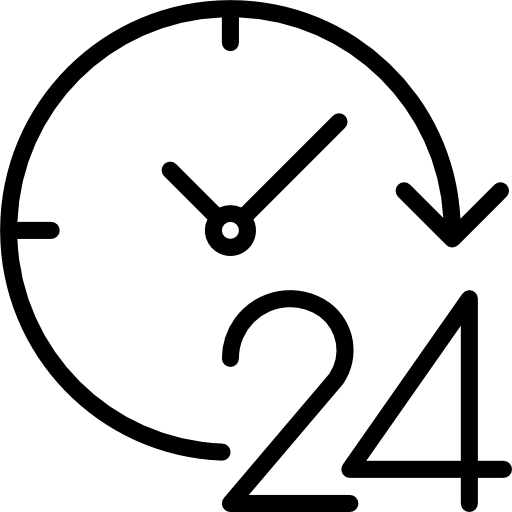The judge and jury will pay close attention to how you present yourself in court. This includes court etiquette and overall attire. Consider your court date like a job interview—and dress to impress.
For your court session, choosing a conservative wardrobe will serve you well. It signals to the judge that you respect the courtroom and take the situation seriously.
Men can choose from a variety of clothing options, including:
- Suit with tie
- Sports coat
- Long-sleeve button-down shirt with a collar
- Dress slacks
If dress clothes aren’t a regular staple in your wardrobe or aren’t included in your budget, you can try local thrift shops or gently used clothing stores such as Goodwill. Alternatively, you can borrow an outfit from a friend or family member.
What is Appropriate Attire for Women in Court?
Women typically have more accessories and clothing options to choose from than men. Less is more when it comes to appropriate attire in court. To maintain a polished look, women should take a conventional approach to clothes, hair, jewelry, and shoes.
An appropriate dress or business suit, a conservative paint suit, or a button-down collared shirt with dress pants are simple and elegant choices for the courtroom. Other ways to represent yourself and dress subtly include:
- Minimal jewelry and no piercings
- Maintain clean nails with neutral nail polish—nothing bright or bold
- Wear closed-toe and neutral shoes, such as black, navy, or grey
- Fresh makeup with natural shades
- Clean haircut
From head to toe, neutral attire, good hygiene, and an overall refined look will ensure a good first impression.
What Shouldn’t I Wear to Court?
Imagine for a moment showing up to court with expensive jewelry and accessories. This might sound counterintuitive as the goal is to dress nice, though it will send the wrong message if you’re going to court for bankruptcy. Sometimes “too nice” can be problematic, and your case plays a role in directing your attire and other details.
Men and women must protect their image in court. When it comes to what not to wear, consider these guidelines:
- Avoid loose or baggy clothes
- Don’t wear jeans, flip-flops, hats, shorts, and tank-tops
- Avoid showing any skin by wearing muscle tanks, sleeveless tops, or anything with spaghetti straps
- Don’t wear any clothing that’s too tight
- Avoid too much jewelry, tattoos, and accessories
- Don’t sport any colorful hair dye, unusual haircuts, or clothes
- Use minimal perfume or cologne
Keeping it simple, natural, and neutral is a good rule for anyone facing a court hearing.
What is Proper Court Etiquette?
No matter who you are, courtroom etiquette is essential. Don’t think that just because you have a low-profile case that manners don’t matter. This is far from the truth.
Choose appropriate attire first and prepare for your hearing or trial with guidelines for proper court etiquette, such as:
- Show up on time
- Don’t interrupt
- Always address the judge as “your honor.”
- Answer questions when they are directed to you
- Be respectful to the opposing side
- Maintain a neutral face—don’t make faces or use hand gestures
- Don’t speak out of turn
- Follow your lawyer’s prompts
When you need best practices and valuable advice, our attorneys can guide your trial to set you up for success. Contact us today: (254) 323-5506.


 CALL US NOW
CALL US NOW







